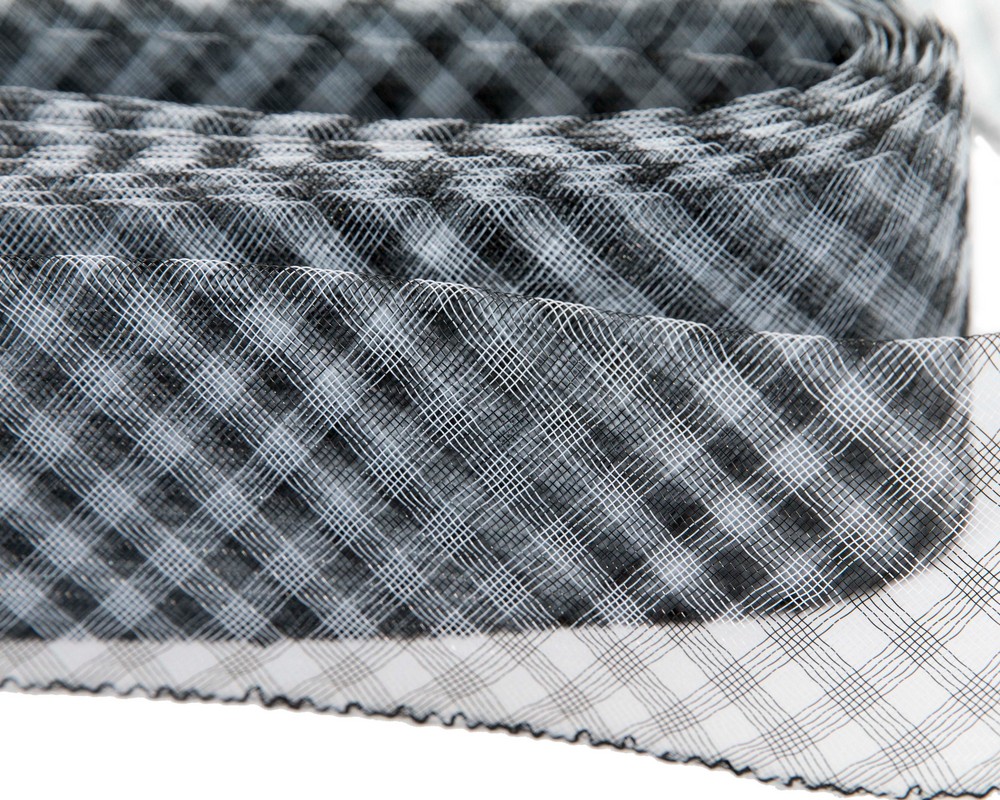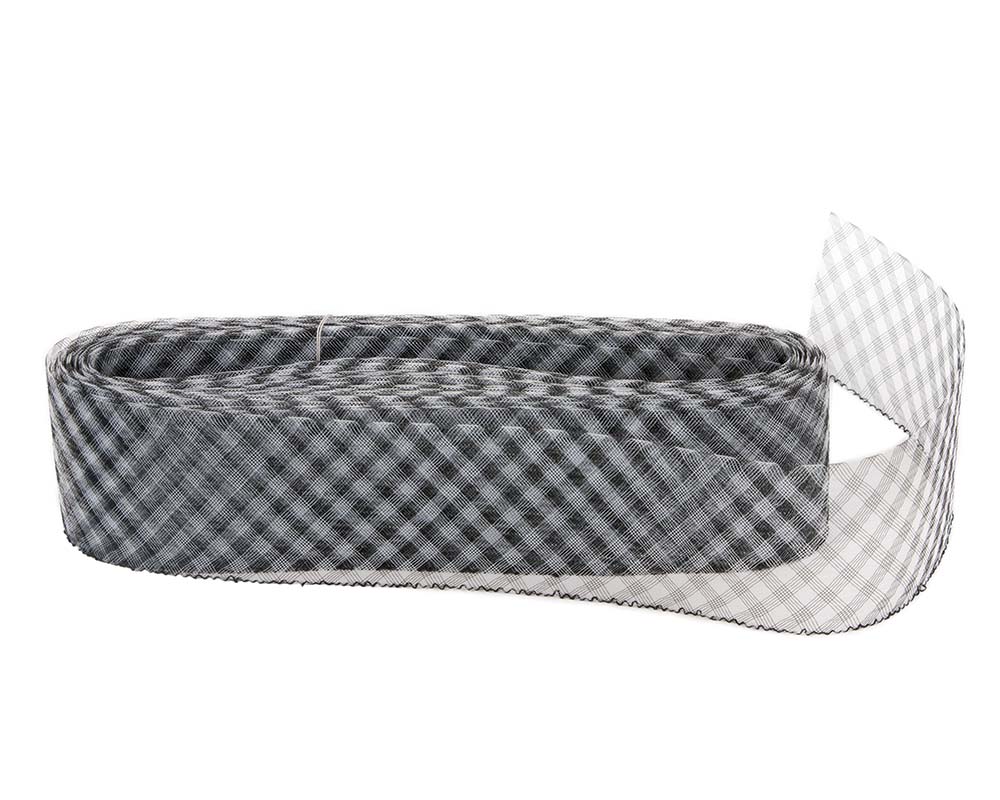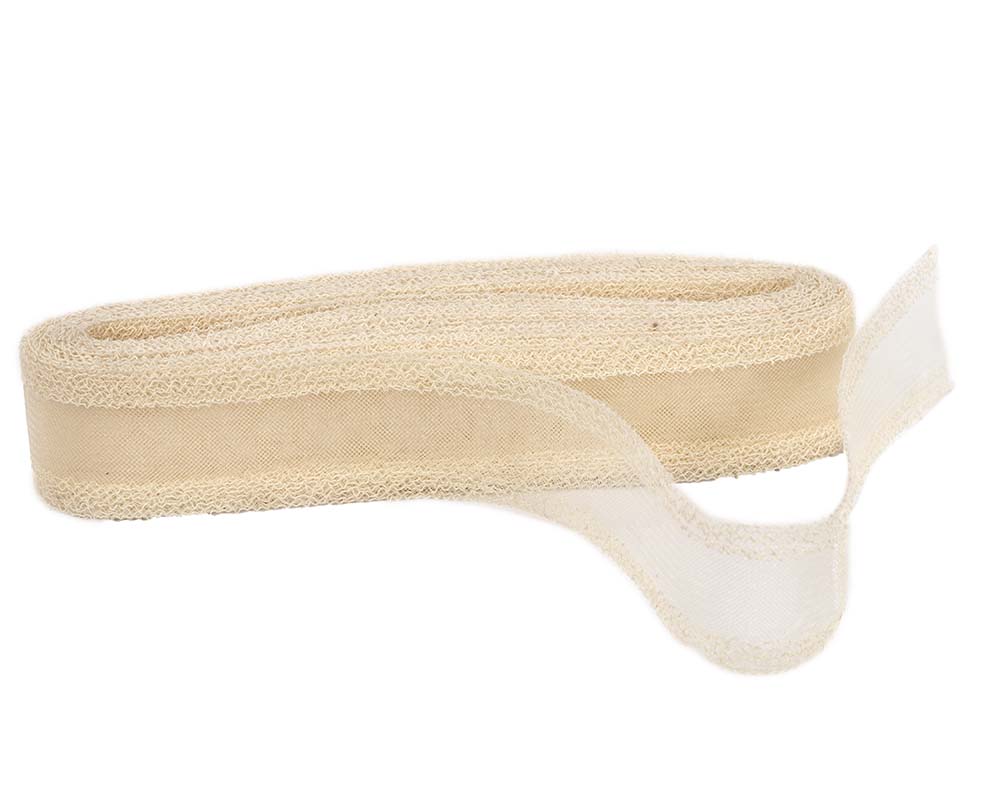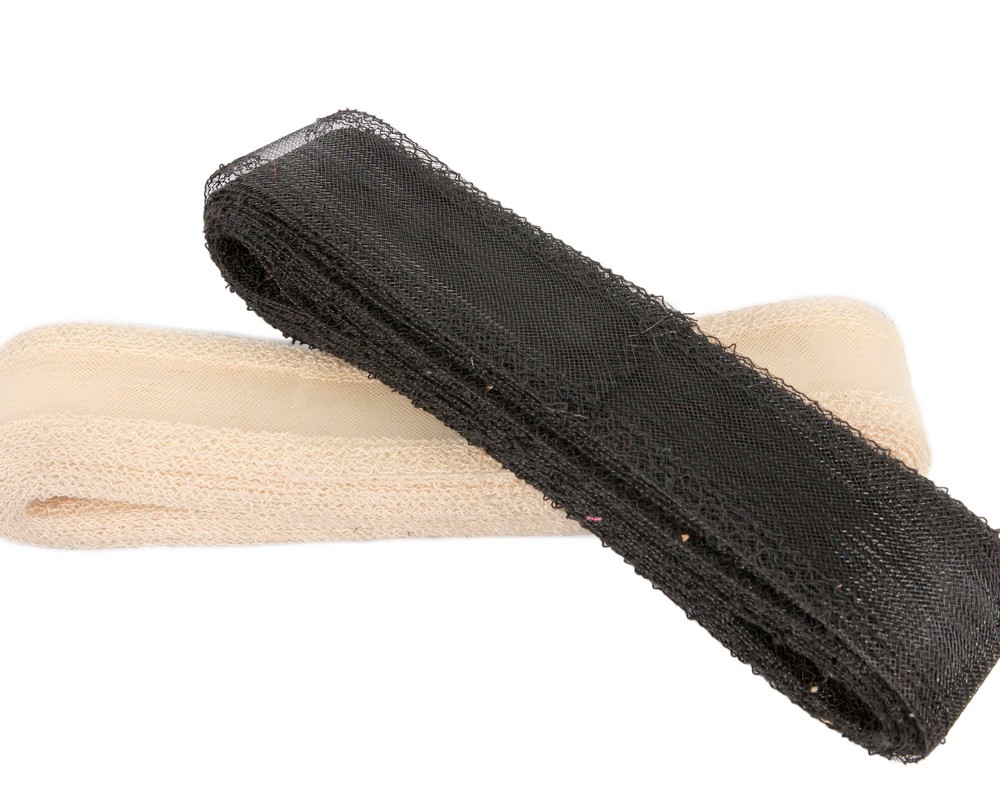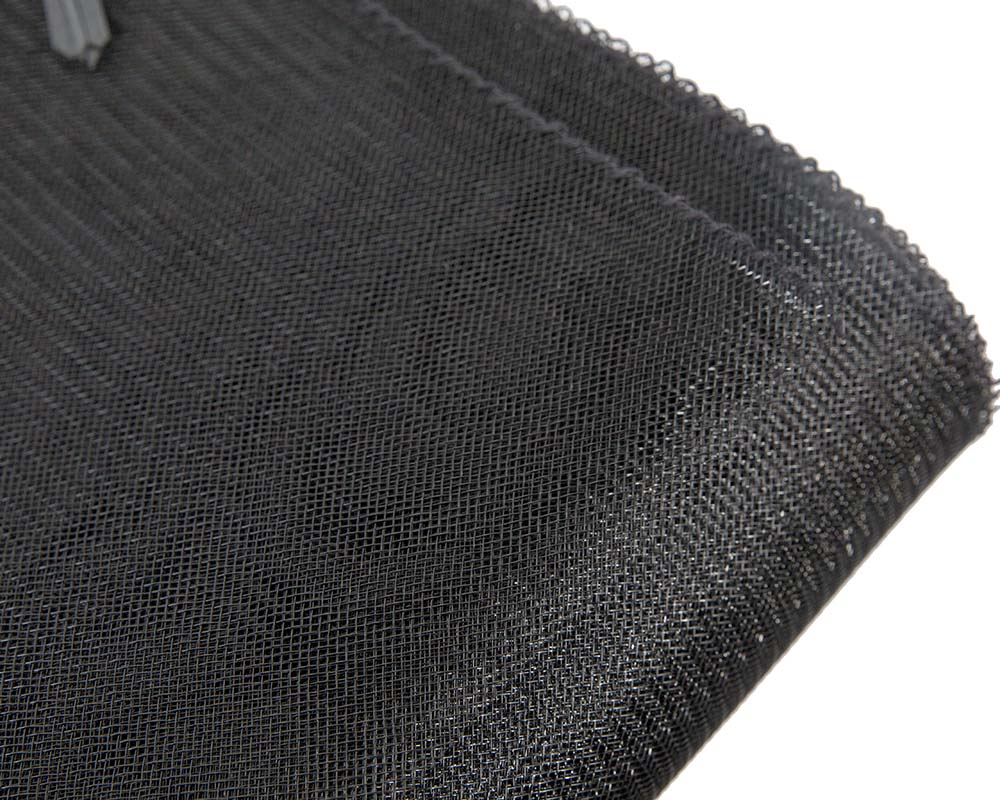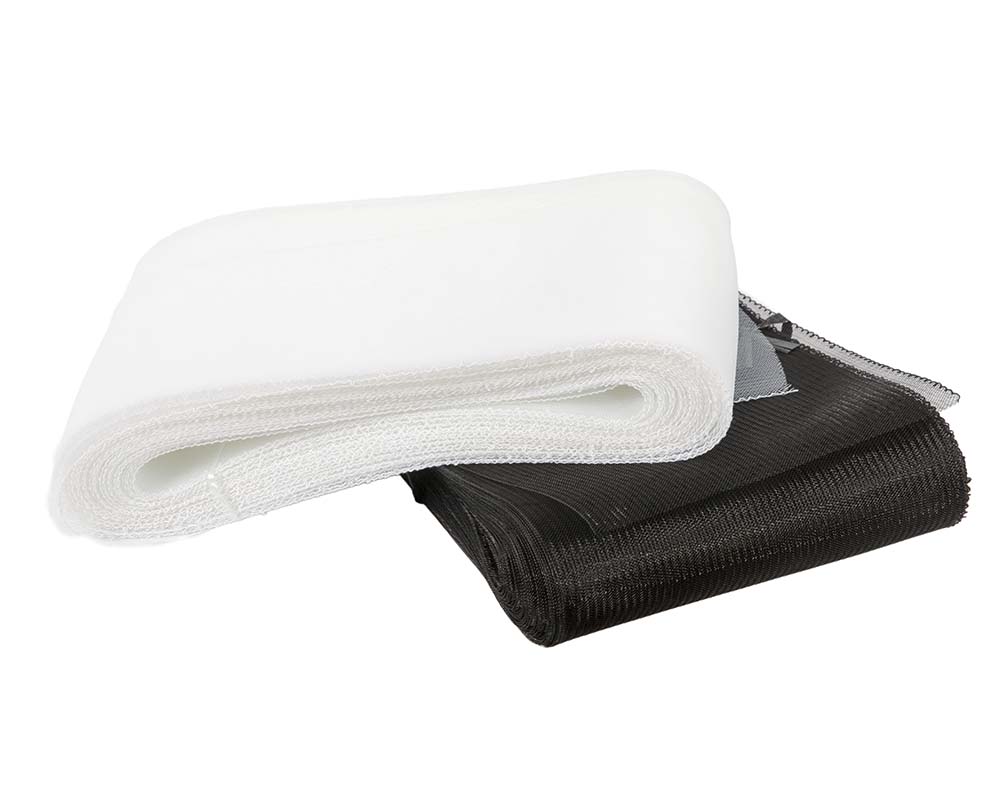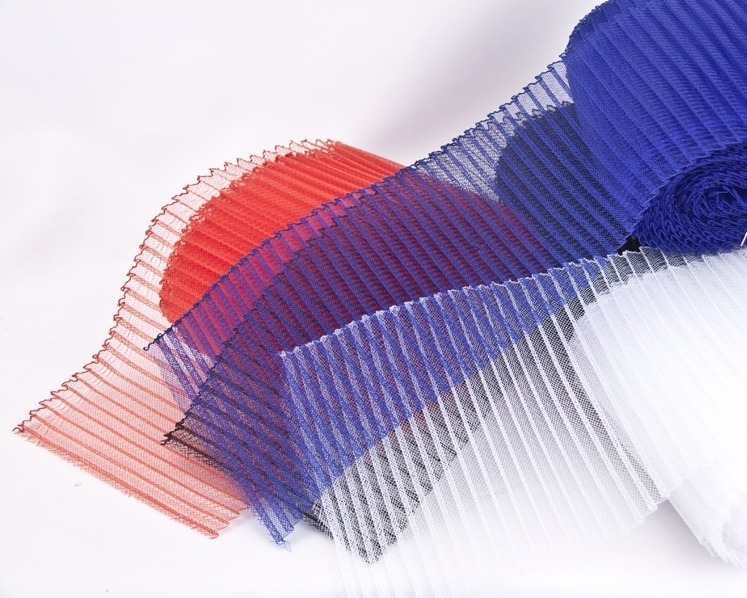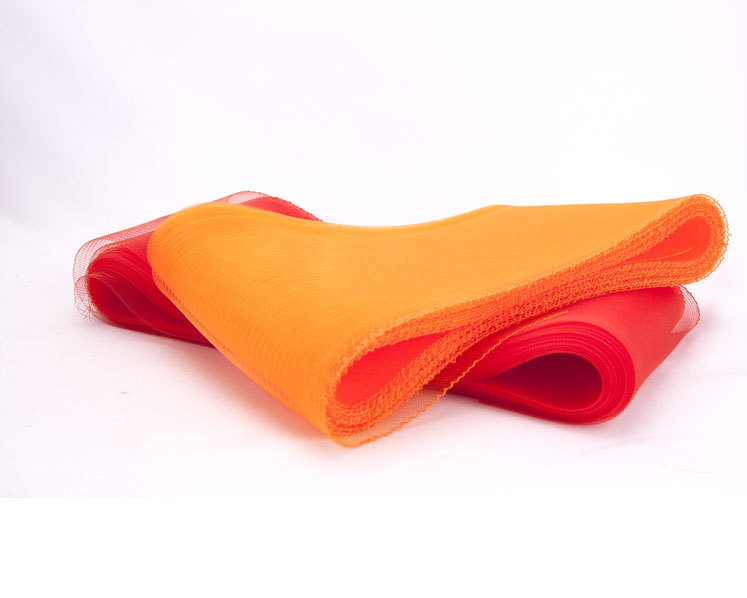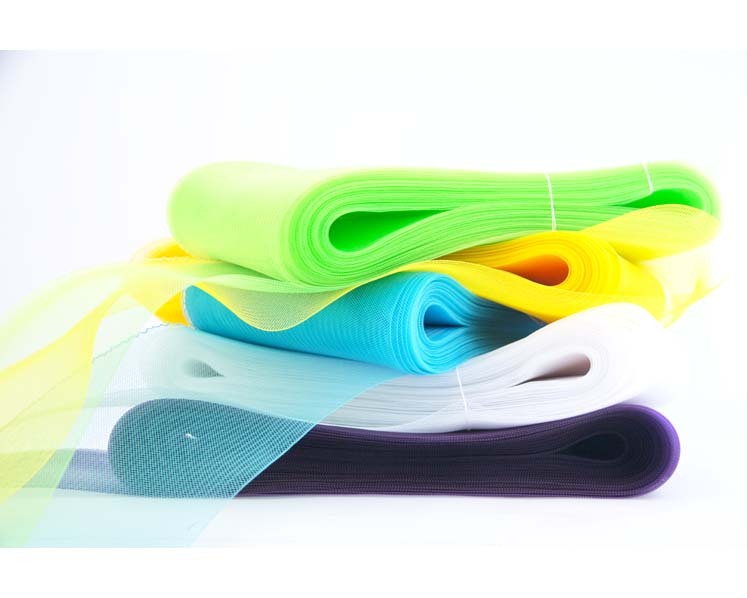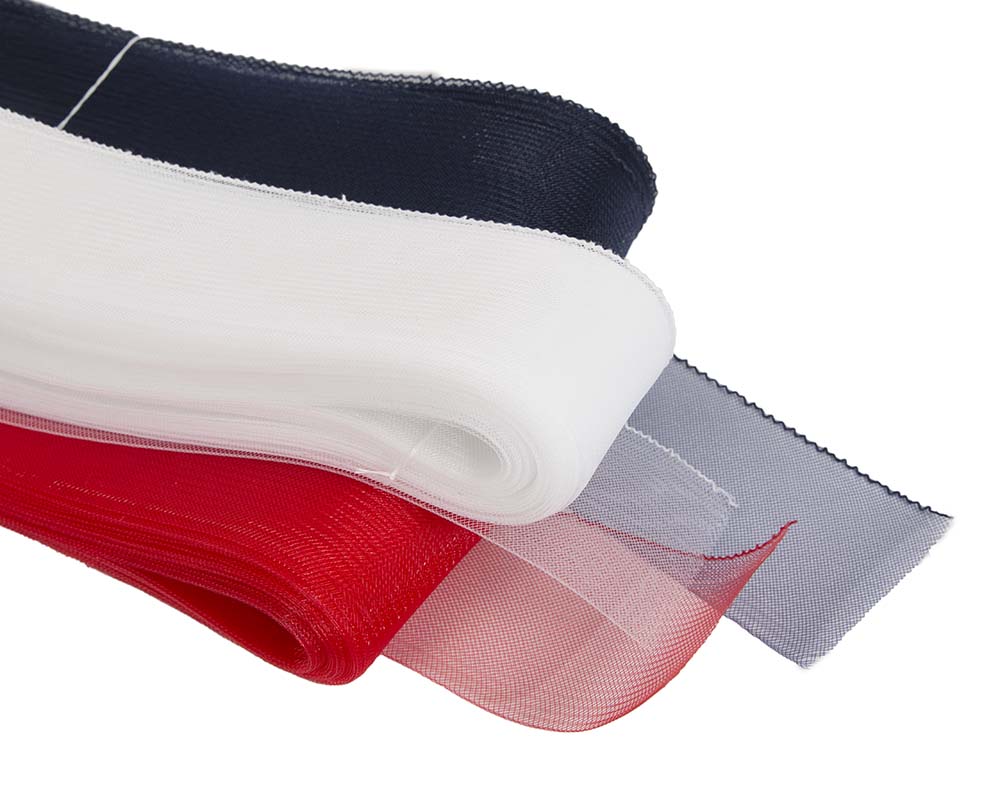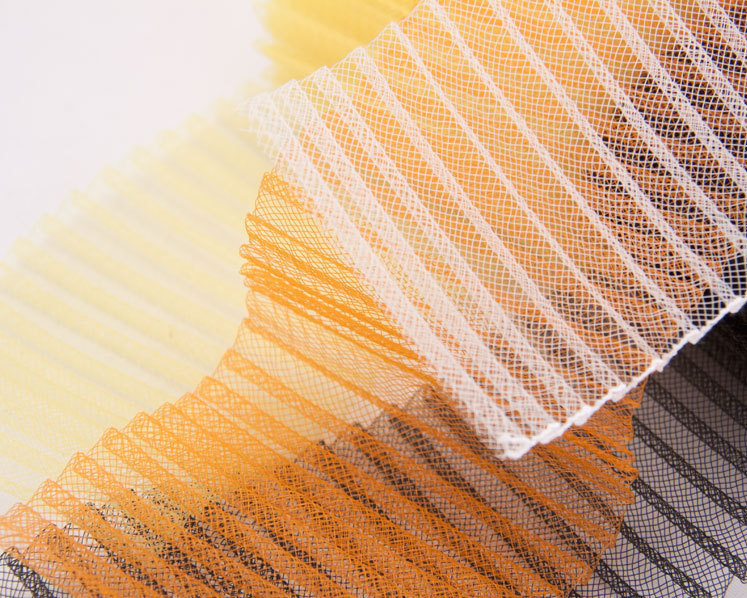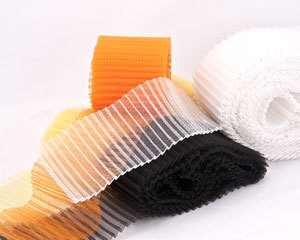A crinoline is a stiff or structured petticoat designed to hold out a woman’s skirt, popular at various times since the mid-19th century. Originally, crinoline was described as a stiff fabric made of horsehair (“crin”) and cotton or linen which was used to make underskirts and as a dress lining.
Crinoline in Hat Making
Crinoline is one of the most versatile materials you find For creating unusual and elegant trims and effects, one of the most versatile materials you will find You can manipulate this springy and flexible netting in a variety of ways.
Because it is lightweight and stiff, crinoline can be used for making brims and trims, and to reinforce bows.
Crinoline comes in many colors, width and pleated variations. Our crinoline has a gathering thread woven through one edge, for gathering and shaping.
Here are a few pointers for getting started with crin…
Press
Before using flat crinoline, press it with a warm iron. Just be sure to use a pressing cloth or the netting will melt onto the iron’s soleplate.
Bind
Crinoline will always fray when cut, so the ends need to be bound, or covered, with ribbon to prevent loose ends from fraying or poking through fabrics. The ends can be gathered and bound by wrapping them tightly with thread and securing them with a dab of glue. Alternatively, instead of using glue, you can melt and press the ends together. Remember to do this in a well-ventilated area, though, and be careful not to burn your fingers.
Wire
Using wire is one of the best ways to shape crinoline. By stitching a thin wire to the edge, you can manipulate the material into purposeful shapes and have a foundation to secure the cut edges to. When using white cotton-covered wire, it is best to color the wire before attaching the crinoline. And we supply variety of special sprays for the purpose.
Experiment
Crinoline is fun to play with – you can stretch holes and indentations into the bias weave, shred and fray it for texture, or roll and gather it to make rounded shapes. This fabric tends to have a mind of its own, so it may take a little time to get used to working with it. Keep experimenting with the natural movement and tendencies of the material, however, and you are sure to learn to create all sorts of interesting shapes and designs.

